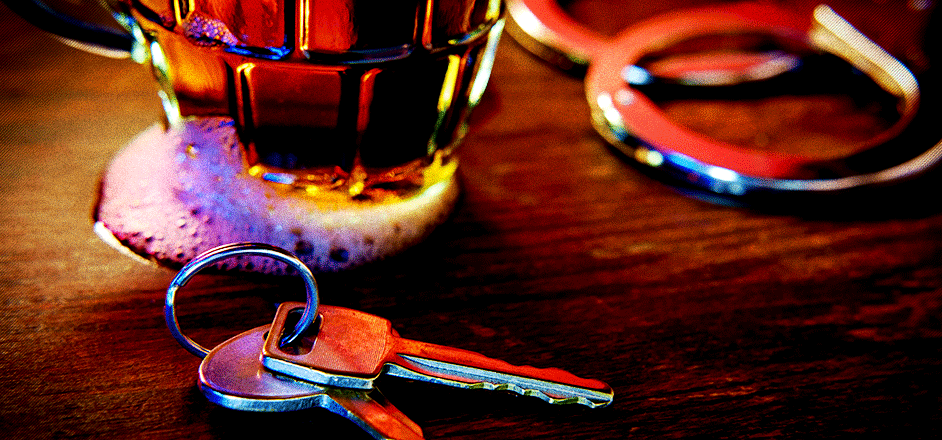When a county elects to become a “dry” one, the reason usually has something to do with safety. Keeping families safe from alcoholism; keeping roads safe from DUI drivers; keeping people’s soul’s safe from the devil, etc.
However, in reality, banning the sale of alcohol in a county actually puts more lives at risk than it does to legally allow people to buy booze. Numbers from three of the states with the highest number of dry counties (Texas, Arkansas and Kentucky) show that, in reality, dry counties have 3.5 times higher DUI fatality rates, than their wet neighbors.
Which actually makes a lot of sense when you think about it: Just because alcohol can’t be sold in a county, doesn’t mean people will all stop drinking it… people who choose to, will just drive to go get it. And the further they have to drive, the more likely they are to get a DUI or be involved in a DUI fatality.
Take Texas for example: one of the biggest states in the country, which is also riddled with dry counties — a combination that results in Texas having more drunk driver fatalities than any other state in the nation. 812 deaths in 2018 alone, according to Texas Department of Transportation.
And in places like Arkansas and Kentucky, getting booze in a dry county often means driving across counties or state lines to find bars or retaurants that serve drinks. People drive over those lines, get drunk and then have to drive back, putting their life at risk as well as others’.
The pattern is clearer than a double yellow traffic line: When a county is dry, it merely forces people who want to drink, to drive further to do so. Which, predictably, results in more DUI’s and traffic fatalities than it would otherwise.
Dry counties kill, to put it succinctly. They make roads less safe, they put more lives at risk and they do so needlessly. If these counties were really concerned about people’s “safety,” they’d simply stay wet.


Leave a Reply
You must be logged in to post a comment.